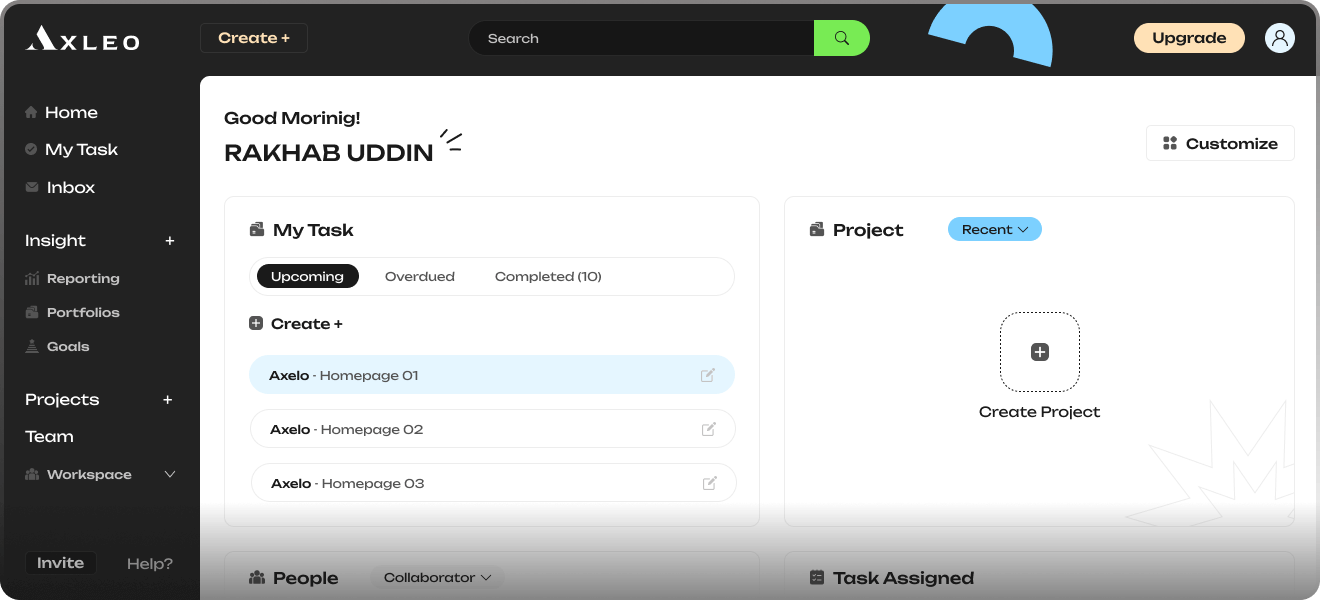Business Alignment
Align cloud initiatives with business goals and objectives, identifying areas where cloud technologies can deliver the most value, such as cost savings, scalability, agility, and competitive advantage.
A cloud computing strategy outlines an organization's approach to leveraging cloud computing technologies to achieve business objectives, drive innovation, and enhance operational efficiency. It defines the vision, goals, and roadmap for adopting and managing cloud services effectively.


Cloud computing provides on-demand access to shared computing resources like storage, servers, and software over the internet.
A cloud computing strategy outlines an organization's approach to leveraging cloud computing technologies to achieve business objectives, drive innovation, and enhance operational efficiency. It defines the vision, goals, and roadmap for adopting and managing cloud services effectively.
Cloud architecture refers to the design and structure of cloud computing environments that leverage cloud services to deliver scalable, reliable, and cost-effective solutions. It encompasses the principles, patterns, and best practices for building and managing cloud-native applications and infrastructure.
Cloud computing implementation involves the practical execution of cloud strategy, encompassing the deployment, configuration, and management of cloud infrastructure, applications, and services to realize the benefits of cloud computing.

A cloud computing strategy outlines an organization's approach to leveraging cloud computing technologies to achieve business objectives, drive innovation, and enhance operational efficiency. It defines the vision, goals, and roadmap for adopting and managing cloud services effectively.
0%
Step
01/5
Align cloud initiatives with business goals and objectives, identifying areas where cloud technologies can deliver the most value, such as cost savings, scalability, agility, and competitive advantage.
Define a migration strategy for transitioning workloads, applications, and data to the cloud, considering factors such as migration complexity, risk tolerance, and cost implications, and selecting appropriate migration patterns such as rehosting, refactoring, or rebuilding.
Evaluate and select cloud service providers and offerings that best meet the organization's requirements in terms of performance, scalability, security, compliance, and cost-effectiveness.
Establish governance frameworks, policies, and controls to manage cloud resources effectively, ensure compliance with regulatory requirements, and mitigate security risks associated with cloud adoption.
Implement processes and tools for monitoring, analyzing, and optimizing cloud resource utilization, cost allocation, and performance to maximize ROI and minimize waste.
Cloud architecture refers to the design and structure of cloud computing environments that leverage cloud services to deliver scalable, reliable, and cost-effective solutions. It encompasses the principles, patterns, and best practices for building and managing cloud-native applications and infrastructure.





Cloud computing implementation involves the practical execution of cloud strategy, encompassing the deployment, configuration, and management of cloud infrastructure, applications, and services to realize the benefits of cloud computing.
Provision cloud computing resources such as virtual machines, storage, databases, and networking components using Infrastructure as Code (IaC) tools and templates to automate and standardize deployment processes.
Develop cloud-native applications using modern development frameworks, tools, and methodologies optimized for cloud environments, such as microservices, serverless computing, and DevOps practices.
Implement data storage, processing, and analytics solutions in the cloud, leveraging managed database services, data lakes, and analytics platforms to store, analyze, and derive insights from large volumes of data.
Integrate cloud computing services with existing on-premises systems and third-party applications using APIs, messaging queues, and event-driven architectures to enable seamless data exchange and business process automation.
Monitor application and infrastructure performance in the cloud, identify bottlenecks and optimization opportunities, and implement performance tuning measures to enhance scalability, reliability, and user experience.